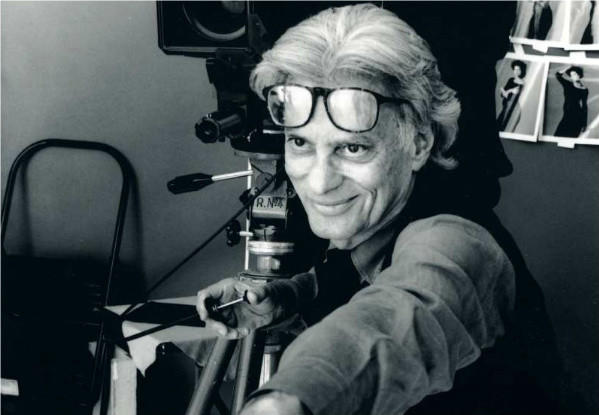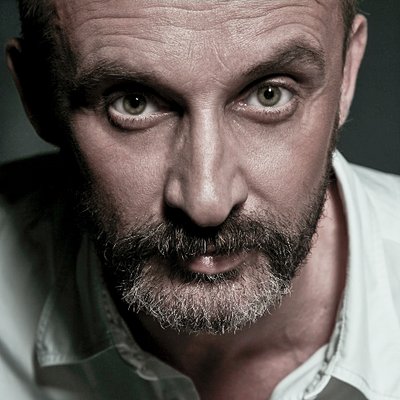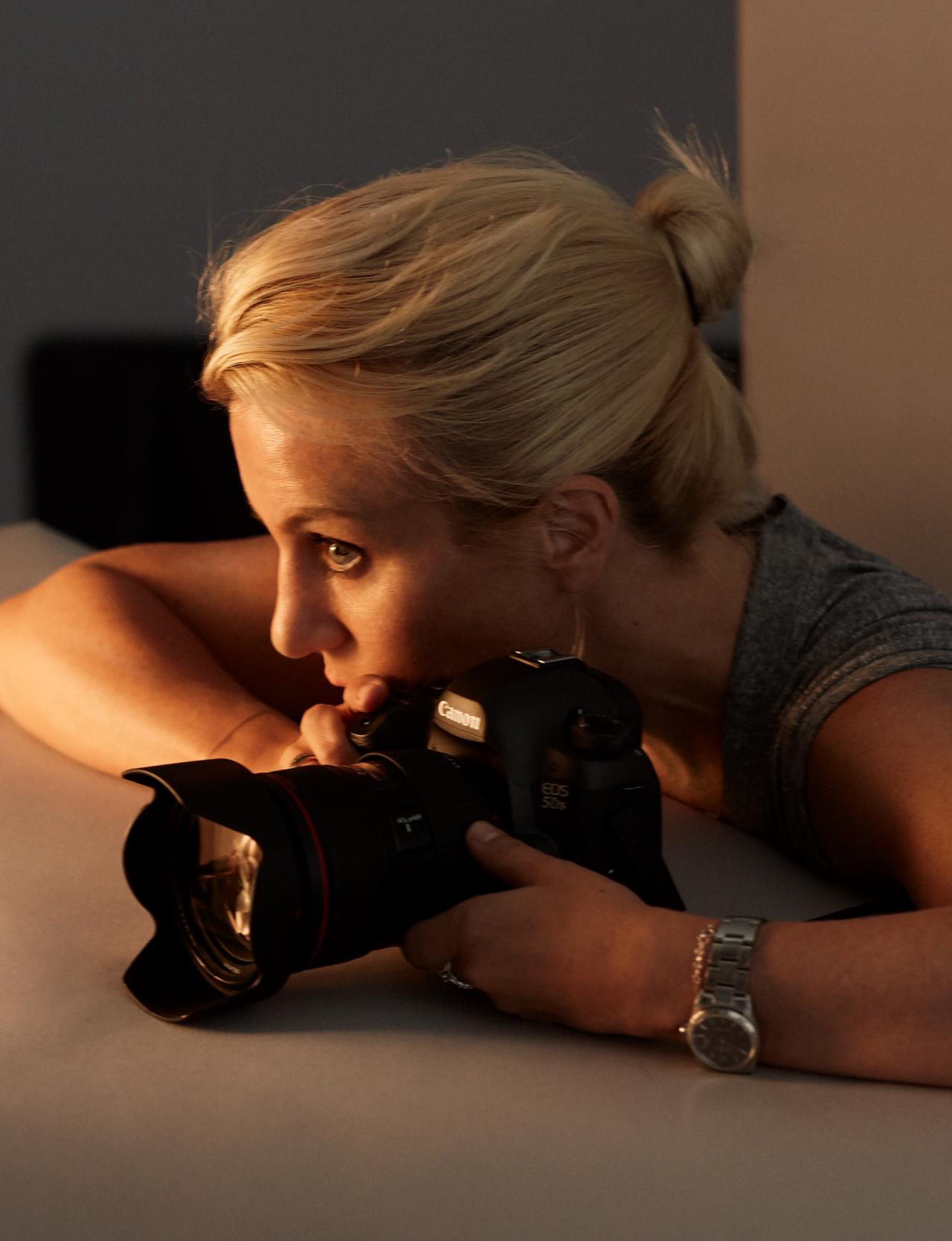Richard Avedon (New York, May 15, 1923 - San Antonio, Texas, October 1, 2004) was an American photographer. An obituary published by The New York Times, stated that: Her fashion photographs and portraits have helped define the image of beauty, elegance and culture in the United States for the last half century.
Early years
Avedon was born in New York City to a Jewish family. He was the only son of Jacob Israel Avedon, a Russian-born immigrant who owned a clothing store on Fifth Avenue. His mother was Anna, who belonged to a family that owned a textile manufacturing company. He attended DeWitt Clinton College in the Bronx, where he collaborated on the school newspaper The Magpie with writer James Baldwin from 1937 to 1940. After attending Columbia University for a time, he began his career as a photographer, working for the Navy. Merchant in 1942, taking identification photographs of the crew members. These photographs were taken with a Rolleiflex camera that his father had given him as a parting gift. From 1944 to 1950, he studied with Alexey Brodovitch in his laboratory at the New School for Social Research.
Professional career
His seemingly simple yet deeply psychological portraits of famous and unknown personalities posed against a pristine white background show a careful photographer able to capture unexpected traits on photographic paper. faces of characters of the magnitude of Truman Capote, Henry Miller, Humphrey Bogart or Marilyn Monroe, among many others. His method was simple but effective, the mental defeat of the opponent photographed through long and tiring sessions of up to four hours. Thus naked, the person portrayed and defenseless was able to show his most sincere personality.
In 1979 he began what was to become one of his most important works. Commissioned by the Amon Carter Museum in Fort Worth, Texas, Avedon spent five years traversing the western United States documenting the people who would never write their country's history. In this work, entitled In the American West, he introduces us to farmers, miners, homeless people, prostitutes, housewives, prisoners, rodeo cowboys or small office employees, etc. in large format photographs taken in daylight, outdoors and as always, against a white background. There is nothing in them of the American dream or the promised land, but they are portraits of individuals who have been observed and artistically elevated by Avedon's camera through a sober composition, thus achieving considerable expressive power.
By the end of the project, Avedon had traveled a total of 189 towns in 17 states; he had photographed 752 people using around 17,000 film plates. From this collection, he chose 123 portraits that would make up the series In the American West 1979 – 1984.
In addition to the large format used for his fashion photographs or portraits, he developed a work in parallel, using the universal step, which reflects his most personal experiences, such as trips or family memories.
Something very deep underlies all of Avedon's work and, however, it has not always succeeded in concretizing it in the works carried out around his figure. It's a sincere concern, but elegantly obsessive at times. Time, old age and its tensions, turns out to be the fundamental motive in Avedon's work. We see in his art how he speaks to us directly about the passage of time and its influence on the human being, and, of course, the path to death. Those decontextualized portraits that appear before the camera without makeup, fatigued or sad, just as they were at that moment, are the ones that clearly denote this restlessness. The end of his book Portraits (1976), for example, culminates in a terrifyingly but masterfully treated series of seven photographs of his father gradually aging until he seems to have blended into the light that surrounds him.
On September 25, 2004, Avedon suffered a brain hemorrhage in San Antonio, Texas, while on a photo shoot for a project commissioned by The New Yorker magazine, which It was titled «On democracy», and focused on the 2004 electoral process in the United States; These were portraits of candidates, delegates to national conventions, among others involved in the issue. He died in the same city on October 1 of that year as a result of medical complications.
In 1991 he received the International Award from the Hasselblad Foundation.
(Source Wikipedia)
Access the Richard Avendon Foundation
I want to make portraits as intense as the people.








 English (United Kingdom)
English (United Kingdom)